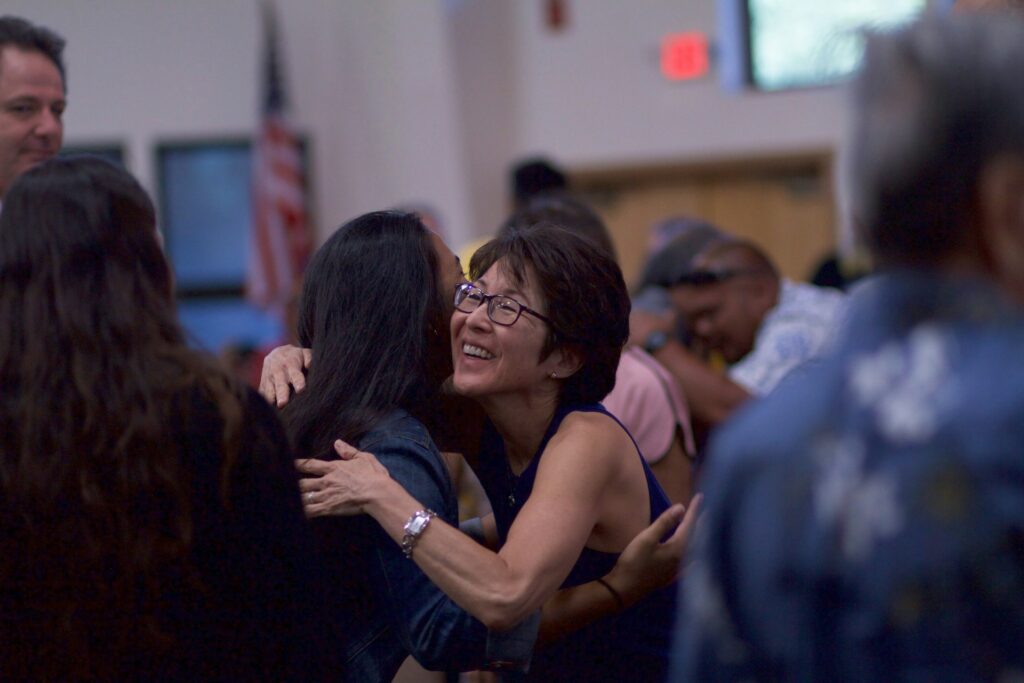Like all Latin American cultures, Argentina has its particularities when it comes to greetings. The differences become more noticeable when a non-Latin foreigner begins to interact with Argentinians and perceives that they are more affectionate than he usually thinks.
Well, in this article I will guide you through the ways to greet an Argentinian when you meet someone from this country. If you are living in Buenos Aires or want to interact with Argentinians elsewhere, take a look at these tips.
What is the way to greet an Argentinian?
1. Shake hands or from a distance
In this aspect, Argentines are not very different from Europeans or Americans. When the person we meet is not a friend or someone with whom we maintain an affectionate relationship, for example at work, it is customary to greet by shaking hands or bumping fists (as had been established at the time of the pandemic of Covid-19).
But it is also correct to greet each other from a distance. What is established here is a relationship of respect: “I don’t know you and I don’t know much about you, but greetings are not denied to anyone.”

2. Good morning
In Argentina we say “good morning”, “good afternoon” and “good evening” always as a respectful way of greeting. Here the type of bond we have with the interlocutor does not matter, since it is a popular way to say hello and hope that the day is positive.
It is very common for the inhabitants of Buenos Aires to abbreviate this greeting by saying “good morning”, with the understanding that the time of day in which the greeting occurs provides the necessary context.
3. Cheek to cheek
When our interlocutor is a person with whom we have a friendship, even if it is recent, we Argentines usually greet with a “kiss” on the cheek. In reality, it does not always have to be literally a kiss on the cheek, it is also enough to bring our cheek closer to the other person’s as a sign of affection.
This type of greeting implies a higher degree of trust between people. Furthermore, it occurs equally between men and women.
The kiss on the cheek, to tell the truth, you should only give or receive it when the bond with the other person is more than a friendship. Otherwise, only contact between the cheeks is enough.

4. We like to hug
We Argentines enjoy hugs. Although it is not the most common way to greet each other, it is undoubtedly the one with the greatest load of affection.
We usually greet very close friends, family and partners with a hug. We also give each other a big hug when the interlocutor is a person we haven’t seen in a long time, as a way of expressing pleasure at seeing them again.
The hug is not a greeting that is given spontaneously or to just anyone. Its price is very high (in moral and emotional terms) and you should only give or receive it when you have a very friendly Argentinian or a partner of that nationality in front of you.

5. The clap reinforces the greeting
When you greet an Argentinian, it is not unusual for that person to accompany their greeting with a pat on your back, arm or hand.
The pat is soft and friendly, not violent or dry. Its function is to add emotional charge to the greeting, although it can also be interpreted as a sign of respect and esteem.
You should never slap another part of the body other than those mentioned: back, arm or hand. Do you know what we mean? Well yes! A slap on another part of the body can be the complete opposite of what our intention is.
6. The greeting is mandatory for Argentines
It is possible that at some point you will hear an Argentinian complain or condemn another person who has denied him a greeting. Is the greeting so transcendental in the culture of Buenos Aires and Argentina?
The answer is yes. Greeting is an act of respect and does not require more than 3 seconds. When someone greets you, even if you don’t feel like it, he expects you to greet him back proportionately.
The absence of a greeting or the denial of it can lead to a short circuit. The same thing happens when you meet with groups of people of Argentine origin. It is logical that you will not be able, in some cases, to greet the participants of a meeting one by one; but it is possible, at least, to give a general greeting to everyone.
The general greeting is done out loud and is accompanied by an affectionate gesture with the hands. You can use it when you attend or leave a meeting to avoid the hassle of greeting attendees one by one.

7. What to say when saying goodbye?
Along with the farewell greeting, in Argentina we usually add phrases or fillers to reinforce the level of affection of the greeting. For example, it is very common for the farewell greeting to be accompanied by “take care” or “let me know when you get home.”
It is also very common that we leave things pending for the future, although in most cases they are promises that do not end up being fulfilled. For example, “we’ll make up later and see each other again,” something that usually ends up being nothing.
At the same time, it is quite common to take advantage of the farewell greeting to send other greetings to family or friends of our interlocutor. “Greetings to your parents”, “Send your partner a hug”.
(Featured Image Source: Emiliano Cicero/flickr.com)


